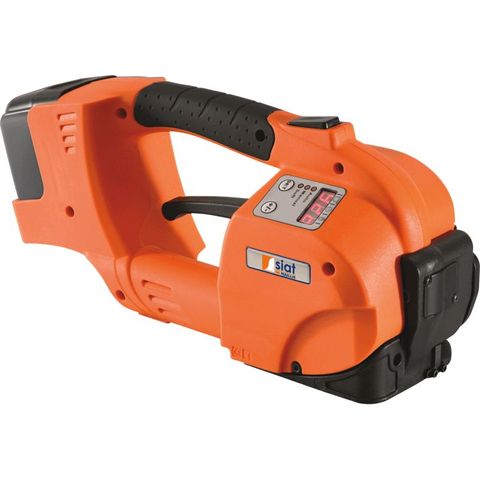Bubble Wrap Chronicles: History, Uses, and Fun Facts
Bubble Wrap Chronicles: History, Uses, and Fun Facts
Blog Article
bubble wrap are all-pervasive within our lives, servicing numerous purposes from packaging to safe-keeping. They are available in a variety of forms, dimensions, and advantages, which makes them functional resources both in individual and business contexts. Here's all you need to learn about cardboard boxes.

Past and Progression
Cardboard, especially corrugated cardboard, was basically copyrighted in 1871 by Albert Johnson of Ny City. Johnson used it for wrapping bottles and window lantern chimneys. The corrugated package, as you may know it these days, was created by Robert Gair, who created a device to produce vast amounts of cases. This creativity designated the beginning of volume manufacturing and extensive use of cardboard boxes.
Varieties of Cardboard Boxes
Corrugated Cases: These are the most popular variety and are made of corrugated paperboard, which consists of a fluted corrugated page and a couple of smooth linerboards. Corrugated cases are known for their durability and strength, leading them to be well suited for delivery and keeping large products.
Foldable Cartons: Also called paperboard cases, they are typically used for lighter weight products. These include cereal boxes, tissues containers, and packaging for little electronics. They may be usually produced from one layer of paperboard.
Firm Boxes: These are generally tough and often useful for high-conclusion models like precious jewelry, gadgets, and cosmetic products. As opposed to corrugated and collapsable cartons, rigorous boxes usually do not collapse or breakdown.
Production Method
The manufacturing of cardboard boxes entails several steps:
Pulping: Timber chips are separated into pulp, that is then cleaned out and enhanced.
Paper Making: The pulp is spread out and pushed into linens of papers.
Corrugation: For corrugated containers, paper is passed on through corrugating moves to generate the fluted sheet. This can be then glued between two linerboards.
Slicing and Shaping: The corrugated sheets or paperboards are minimize and molded into bins using perish-decreasing machines.
Printing and Coating: Bins are usually printed with branding or merchandise information and might be covered for additional durability.
Employs and Rewards
Cardboard boxes are primarily used for packing and transport. Their advantages involve:
Security: Cardboard supplies a safety coating around things, safeguarding them from actual damage during transportation.
Changes: They may be easily tailored with regards to size, design, and layout to put particular demands.
Sustainability: Most cardboard is recyclable and created from green sources, making it an eco-friendly product packaging choice.
Inexpensive: Cardboard is comparatively inexpensive in comparison to other wrapping supplies, rendering it an expense-successful choice for enterprises.
Enviromentally friendly Influence
Among the important benefits of cardboard boxes is recyclability. Recycling cardboard minimizes the necessity for virgin supplies so it helps help save sources. Nevertheless, it is essential to make sure that cardboard is discarded correctly. Contaminated cardboard (with food, fats, or any other substances) cannot be re-cycled efficiently and may wind up in landfills.
Improvements and Trends
The cardboard container marketplace is continually evolving. Some current trends include:
Wise Product packaging: Incorporating technology such as QR rules and RFID labels into cardboard boxes to supply more details about the item and increase the customer practical experience.
Sustainable Procedures: Increasing consumption of recycled materials and following eco-warm and friendly producing functions.
Design and style Inventions: Growth of a lot more powerful and lightweight patterns to lower transport fees and enviromentally friendly effect.
Bottom line
Cardboard boxes are an integral part of contemporary logistics and packaging. Their adaptability, expense-usefulness, and environment advantages make them an essential instrument in several businesses. Because the need for sustainable packaging will grow, the cardboard box sector will probably proceed innovating, ensuring these easy yet important containers continue to be pertinent down the road.
Report this page